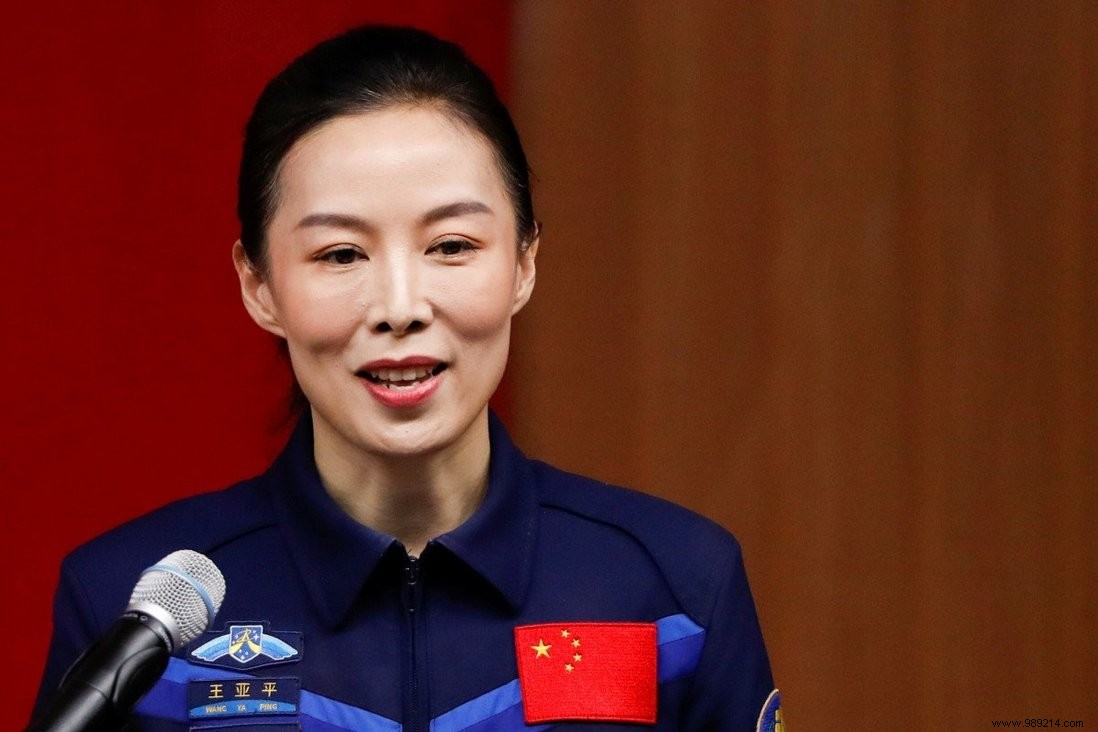Astronauts from the Shenzhou 13 mission aboard the Chinese space station performed their first spacewalk this Sunday, November 7, marking the first spacewalk for a chinese female astronaut.
The Shenzhou 13 capsule was successfully launched on October 15 from the Jiuquan Center in the Gobi Desert, capped on top of a Long March 2F rocket. The craft docked at Tianhe Station about eight hours later. A crew of three taikonauts is on board today:Wang Yaping (41 years old), Zhai Zhigang (55 years old) and Ye Guangfu (41 years old). All of them will stay on board for about six months.
According to the China Manned Space Agency, a first spacewalk was underway this Sunday, November 7, involving astronauts Zhai Zhifang, the commander of the Shenzhou 13 mission, and Wang Yaping, the country's second female astronaut to fly in space. The latter becomes the first Chinese woman to perform a spacewalk. Their mission lasted about six hours .
Also recall that Commander Zhai Zhifang also became the first Chinese astronaut to perform a spacewalk during the Shenzhou 7 mission, in 2008.

Between station maintenance work and performing a number of experiments in aerospace medicine and microgravity physics, two to three extravehicular activities are planned for the Shenzhou 13 mission , according to a pre-launch press conference at the Jiuquan Satellite Launch Center. The main purpose of these outlets will be to install an adapter to allow the large arm of the station to connect to another smaller arm placed on a future module.
After Shenzhou, six more missions are planned next year to complete the construction of the station which, when completed, will consist of three main modules:the central module of 18 meters in long named "Tianhe" already in orbit and two 14.4m long experiment modules named "Wentian" and "Mengtian". The station will also feature fourteen refrigerator-sized science experiment racks and a few general-purpose racks, as well as fifty mooring points aimed at supporting experiments conducted outside the station. In the end, the CSS will weigh only a hundred tons, less than a quarter of the mass of the ISS .
Finally, let's remember that China is also planning the launch of a telescope similar to Hubble designed to be able to connect to the station in case of need (maintenance/repair). Its launch is normally expected in 2024 .